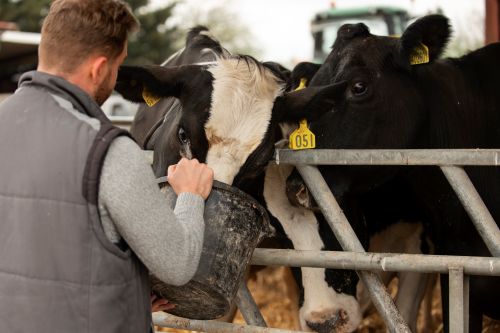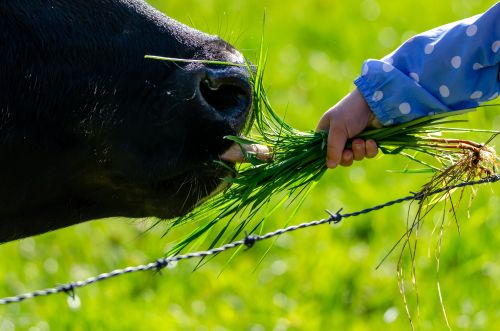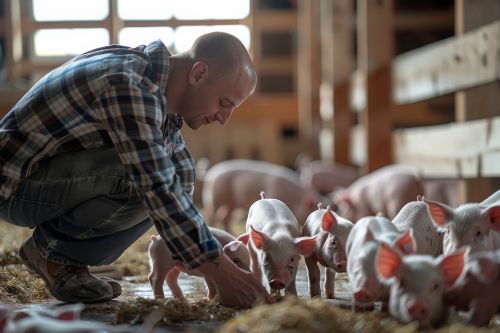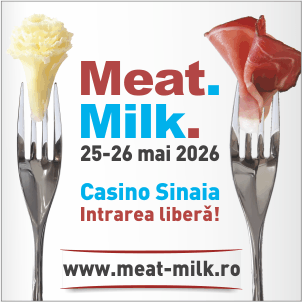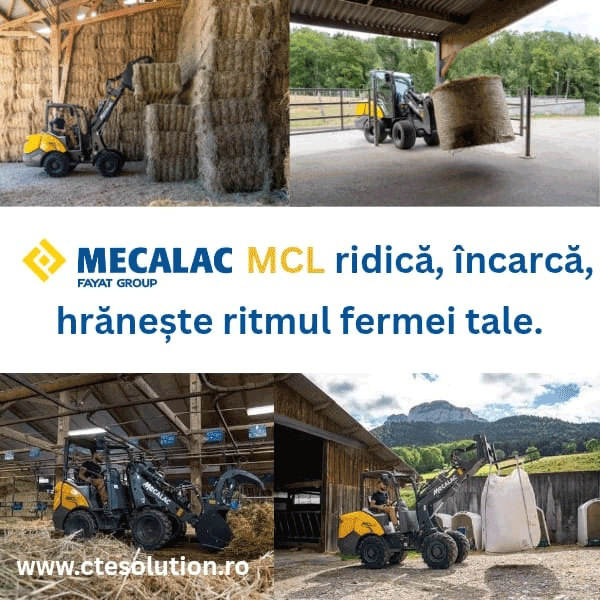610

In 2025, poultry farms in Romania are at a critical juncture. INS data show that national poultry meat production fell by 2.4% in 2024, while production costs increased by over 15%, mainly due to feed and energy expenses. Industrial farms, which account for more than 80% of total production, have managed to maintain a degree of efficiency through automation and large-scale operations.
In contrast, small farms are facing serious sustainability issues. More than 320 small-scale poultry farms closed between 2022 and 2024, according to ANSVSA. The main causes are the lack of investment, difficulties in meeting biosecurity standards, and limited access to distribution networks.
Large operations are constantly investing in technology: automatic incubators, controlled ventilation systems, and digital traceability. Small farms survive only by targeting niche markets—organic meat, value-added eggs, direct sales. Financial support is limited—only 7% of the funds allocated for digitalization through AFIR 2023–2024 were accessed by small farms.
Without a clear national strategy for small and medium-sized farms, the market risks excessive polarization and the loss of local diversity.
(Photo: Freepik)

